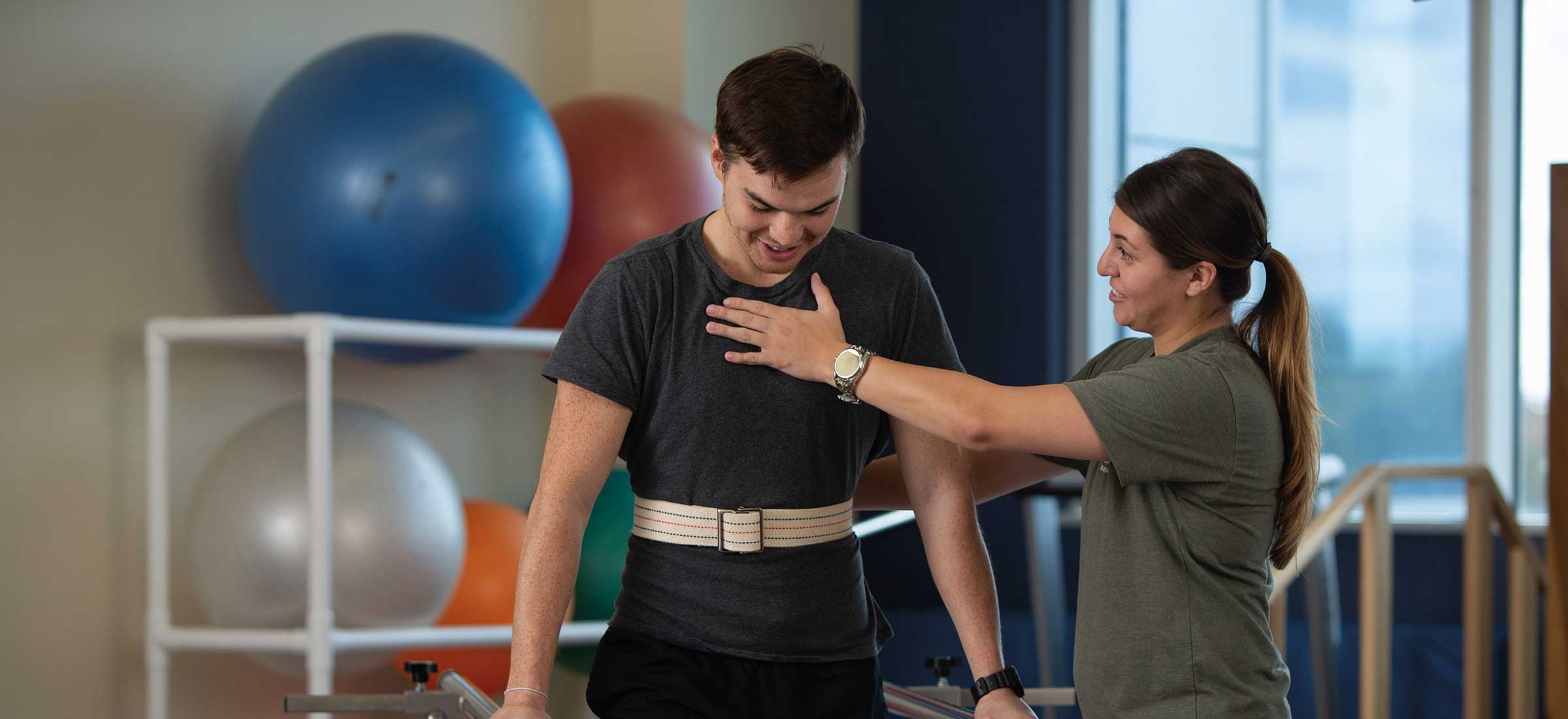
One of the primary benefits of strength conditioning in recovery is its ability to enhance muscle strength and stamina. When muscles are stronger, they can more effectively support articulations and reduce the chance of re-injury. For instance, an athlete healing from a knee trauma can benefit from workouts that strengthen the thigh muscles and hamstrings. These muscular tissues play a crucial role in stabilizing the knee joint. By including strength conditioning into their rehabilitation plan, individuals can recover their power more effectively and safely.
In furthermore to building power, strength conditioning also improves mobility and scope of motion. Many traumas can lead to rigidity in the affected region, causing it difficult for individuals to move easily. Strength conditioning exercises often involve extending and lengthening the muscular tissues, which can help restore mobility. For example, adding resistance bands or weights into stretching programs can improve the efficacy of these exercises. As mobility enhances, athletes can execute actions more efficiently, which is crucial for optimal performance in their activity.
Another crucial factor of resistance training in sports rehabilitation is its beneficial impact on psychological well-being. Recovering from an injury can be a difficult and exasperating process for athletes. Engaging in resistance conditioning can provide a sense of achievement and enhance self-esteem. As individuals see improvements in their strength and capabilities, they may experience more motivated to continue their rehabilitation journey. This mental uplift can be just as crucial as the physical benefits, as a optimistic attitude can lead to better results in rehabilitation.
Finally, strength training can help athletes transition back to their activity more smoothly. Once they have regained their power check out this site and flexibility, athletes need to practice activity-specific actions to guarantee they are prepared for contests. Resistance conditioning can be integrated with sport-specific drills to create a holistic rehabilitation program. This blend allows athletes to not only heal but also improve their capabilities. By concentrating on both rehabilitation and performance, strength conditioning becomes an crucial tool in the rehabilitation journey, assisting individuals return to their sport more robust and more resilient.